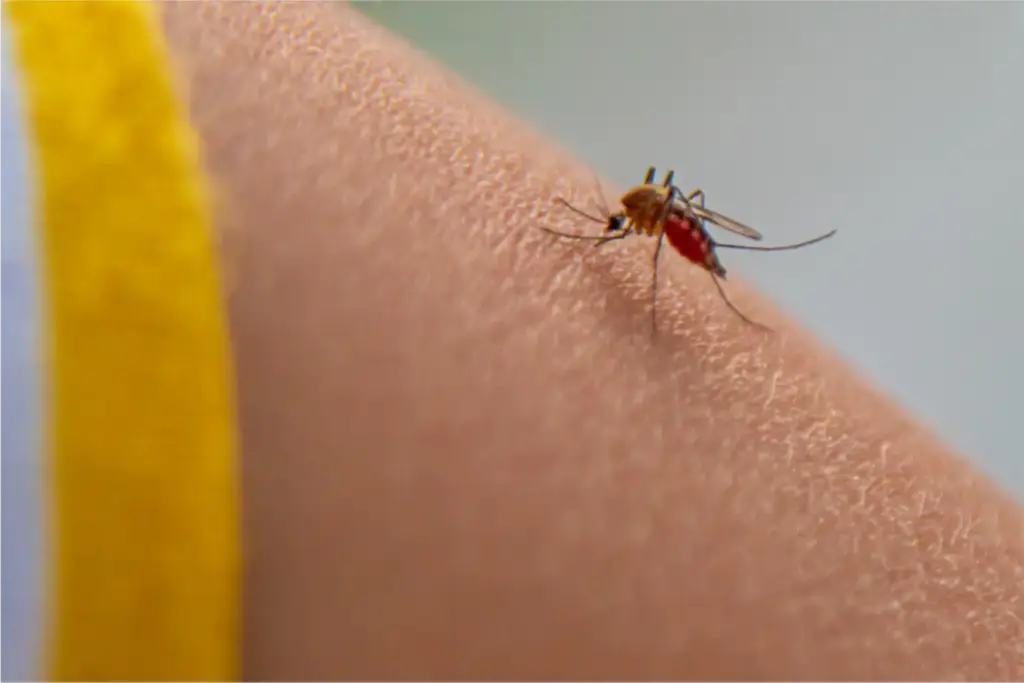
India’s chikungunya threat: India could bear the largest long-term impact of chikungunya, with up to 51 lakh people at risk of infection each year, according to a new modelling study in BMJ Global Health.
The analysis projects 14.4 million (1.44 crore) annual infections worldwide, with India and Brazil together accounting for 48% of the total impact on health systems and individuals.
Researchers from the London School of Hygiene & Tropical Medicine say the chronic aftermath of infection, especially persistent, disabling joint pain, will drive much of the burden. Evidence suggests that about half of patients develop long-lasting symptoms. The study also flags children under 10 and adults over 80 as the most vulnerable to severe outcomes, while the 40–60 age group carries a relatively higher share of chronic disease.
Also Read | Climate change could make dengue, chikungunya endemic in Europe: Study
Brazil and Indonesia are expected to rank just behind India in overall impact. “The potential spread of vectors won’t wait for years of research,” noted co-author Sushant Sahastrabuddhe of the International Vaccine Institute, calling for real-time use of the model to guide public-health action.
Chikungunya spreads via Aedes aegypti and Aedes albopictus (yellow-fever and tiger) mosquitoes. It typically causes high fever and severe joint pain; there is no specific antiviral treatment, and care remains supportive. Two preventive vaccines have received approvals in some countries, including the US, but are not yet widely deployed.
The study, the first to blend infection data with environmental and demographic factors to forecast future burden, suggests earlier surveillance-based counts likely underestimated the true impact. Its authors say the estimates can help prioritise high-risk regions and guide vaccine introduction strategies.
Lead author Hyolim Kang added that risk is no longer confined to the tropics. “Our analysis shows the threat extends well beyond subtropical zones,” Kang said, urging prevention and preparedness as urbanisation and climate shifts widen mosquito habitats.








